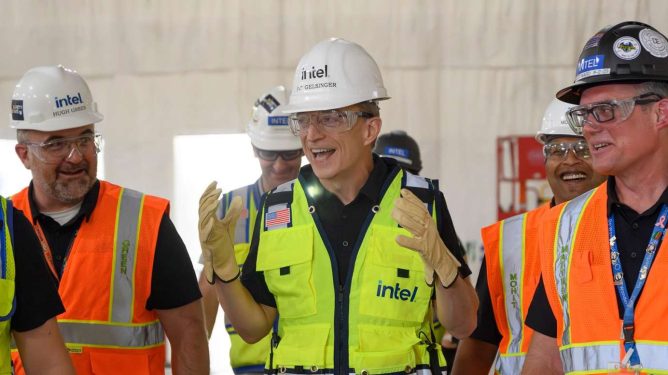WeRide Receives Green Light to Test Driverless Vehicles in California
As Chinese autonomous vehicle company WeRide continues its journey towards going public on the U.S. stock market with a valuation of nearly $5 billion, it has received approval from the California Public Utilities Commission (CPUC) to test its driverless vehicles with passengers on public roads.
The Timing of the Approval
The timing of this approval is significant, as reports have been emerging that the Commerce Department is considering banning Chinese connected vehicles – which include autonomous vehicles – due to national security concerns. WeRide’s green light to test driverless vehicles in California comes at a critical moment for the company, which is seeking to expand its presence in the U.S.
WeRide’s Permits
As of August 2, WeRide holds two permits from the CPUC: a drivered pilot permit and a driverless pilot permit. The drivered pilot permit allows the company to test its vehicles on public roads with a human safety driver behind the wheel, while the driverless pilot permit enables WeRide to operate without a human driver.
The Conditions of the Permits
While WeRide has been granted permission to test its driverless vehicles in California, there are certain conditions attached to the permits. For example, the company is not yet allowed to charge passengers for rides, and the service is not available to the general public. Additionally, WeRide’s permit notes that it is "limited to the use of vehicles seating fewer than 16 people, including the driver." This stipulation could be related to WeRide’s different vehicle types, which include a robotaxi that can seat up to 10 passengers.
WeRide’s Plans for California
While WeRide has shared little about its plans for commercializing in California, its CPUC permit notes that it is "limited to the use of vehicles seating fewer than 16 people, including the driver." This suggests that the company may be focusing on developing and testing smaller-scale autonomous vehicle solutions.
WeRide’s Global Presence
Despite the challenges posed by regulatory hurdles, WeRide touts itself as the first autonomous driving company in the world to operate and test in 30 cities across seven countries. The startup holds permits to drive autonomously on public roads in four countries: China, Singapore, the UAE, and the U.S.
WeRide’s Product Line
In addition to its robotaxi, WeRide is also working on a robobus (which seats up to 10 passengers) and other products such as robovan (for goods delivery), robotic street sweepers, and ADAS for OEMs. This diverse product line suggests that WeRide is committed to developing solutions that cater to a range of needs and use cases.
Conclusion
The approval granted by the CPUC marks an important milestone in WeRide’s journey towards commercialization in California. While there are still regulatory hurdles to overcome, this development indicates that WeRide is making progress towards its goal of expanding its presence in the U.S. market.
WeRide: The First Autonomous Driving Company to Operate in 30 Cities Across Seven Countries
As the autonomous vehicle industry continues to grow and evolve, companies like WeRide are pushing the boundaries of what is possible. By developing and testing products such as robotaxis, robobuses, and robovans, WeRide is paving the way for a future where transportation is safer, more efficient, and more convenient.
WeRide’s Global Presence
- China
- Singapore
- UAE
- U.S.
- Other countries
Permits to Drive Autonomously on Public Roads in Four Countries:
- China
- Singapore
- UAE
- U.S.
Products Developed by WeRide:
- Robotaxi (seats up to 10 passengers)
- Robobus (seats up to 10 passengers)
- Robovan (for goods delivery)
- Robotic street sweeper
- ADAS for OEMs
The Importance of Regulatory Approval
Regulatory approval is a critical step in the development and commercialization of autonomous vehicles. Companies like WeRide must navigate complex regulatory frameworks to ensure that their products meet safety and performance standards.
Conclusion
In conclusion, WeRide’s approval from the CPUC marks an important milestone in its journey towards commercialization in California. As the company continues to develop and test new products, it will be essential for regulators to provide clear guidelines and support for companies like WeRide as they strive to create a safer, more efficient, and more convenient transportation system.
Recommendations
Based on this analysis, the following recommendations can be made:
- Continued Regulatory Support: Regulators should continue to provide guidance and support to companies like WeRide as they navigate complex regulatory frameworks.
- Public Education: Companies like WeRide should prioritize public education efforts to ensure that consumers understand the benefits and limitations of autonomous vehicles.
- Innovation: WeRide and other companies in the industry should continue to innovate and push the boundaries of what is possible with autonomous vehicle technology.
**By following these recommendations, WeRide can continue to lead the way in the development and commercialization of autonomous vehicles.






